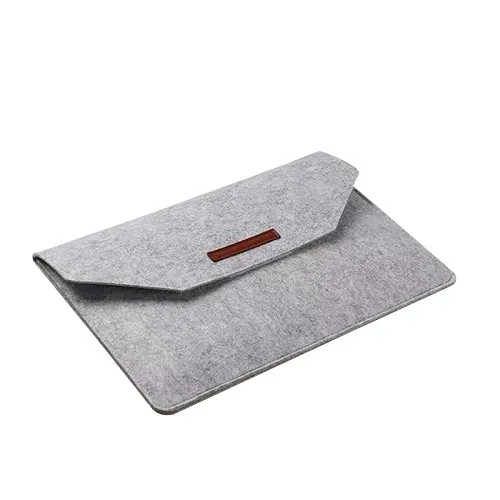Wool Dryer Balls Ineffective in Eliminating Static Cling During Laundry Cycle
Why Wool Dryer Balls May Not Be Effective in Removing Static
Wool dryer balls have gained popularity as a natural and eco-friendly alternative to dryer sheets in recent years. They are touted for their ability to soften clothes, reduce drying time, and minimize static cling. While many people have found success in using them, some users report that their wool dryer balls are not effectively removing static from laundry. This article explores the reasons why wool dryer balls might not work as expected and offers tips for better results.
Understanding How Wool Dryer Balls Work
Wool dryer balls are made from natural wool and work by bouncing around in the dryer, creating space between garments. This action helps to separate clothes, allowing hot air to circulate more efficiently, which can lead to quicker drying times. Additionally, the friction created between the dryer balls and the fabrics can soften clothes and reduce wrinkles.
However, static cling is primarily caused by the build-up of electrical charges as fabrics rub together during the drying process. When fabrics are dry, they can gain a negative charge, while others may have a positive charge. This imbalance leads to static cling, a problem that many users hope to solve with wool dryer balls.
Reasons for Static Cling Issues
1. Humidity Levels One of the most significant factors affecting static cling is humidity. In dry conditions, especially during winter months, the air is less humid, leading to a greater likelihood of static buildup. Wool dryer balls may not be able to combat static effectively in low-humidity environments. In contrast, during more humid months, moisture in the air can help prevent static cling.
2. Materials of Clothing Different fabrics behave differently in the dryer. Synthetic materials, such as polyester and nylon, are more prone to static cling compared to natural fibers like cotton or wool. If your laundry consists mainly of synthetic fabrics, you may find that wool dryer balls do not significantly reduce static.
3. Overloading the Dryer Overloading the dryer can prevent wool dryer balls from moving freely among the clothes, reducing their effectiveness. When garments are tightly packed, they cannot benefit from the physical separation that dryer balls provide, which is essential in minimizing static.
wool dryer balls not removing static

4. Insufficient Quantity of Dryer Balls Using too few wool dryer balls can also be a reason for inadequate static reduction. The recommended number of dryer balls is typically 3-6 for a standard load. If you are using fewer than this, they may not generate enough friction to reduce static effectively.
Tips for Reducing Static with Wool Dryer Balls
1. Increase Humidity If static cling is a consistent problem, consider using a humidifier in your laundry room or placing a damp washcloth in the dryer with your laundry. The added moisture can help reduce static.
2. Use the Right Number of Balls Ensure you are using an adequate number of dryer balls—between 3 to 6—for maximum effectiveness. More balls can lead to better air circulation and reduced static.
3. Avoid Overloading the Dryer Make sure to dry smaller loads of laundry. This allows the wool dryer balls to move freely and interact more effectively with the fabrics.
4. Consider Fabric Types If you frequently wash synthetic fabrics, try mixing in natural fibers or consider a more targeted anti-static solution. For example, combining wool dryer balls with a small amount of fabric softener or dryer sheets may help.
5. Regular Maintenance Ensure your dryer is clean and functioning well. Lint build-up can also impede air circulation, which may contribute to static issues.
Conclusion
While wool dryer balls are an excellent choice for softening clothes and reducing drying time, they may fall short in reducing static cling for some users. Factors like humidity, fabric type, dryer load, and the number of balls used all play a crucial role in their effectiveness. By understanding these dynamics and employing targeted strategies, users can enhance the performance of their wool dryer balls, leading to a more satisfying laundry experience.
-
What Makes Felt a Great Choice?NewsNov.19,2024
-
Total Mixed Ration (TMR) Feed for CattleNewsNov.19,2024
-
The Ultimate Guide for Felt Polishing WheelsNewsNov.19,2024
-
Industrial Felt for Various ApplicationsNewsNov.19,2024
-
Felt Makeup Bags and Inserts BagsNewsNov.19,2024
-
Choosing the Right Hotel TowelsNewsNov.19,2024
-
Your Go-To Guide For Affordable Wholesale Wool FeltsNewsOct.31,2024







